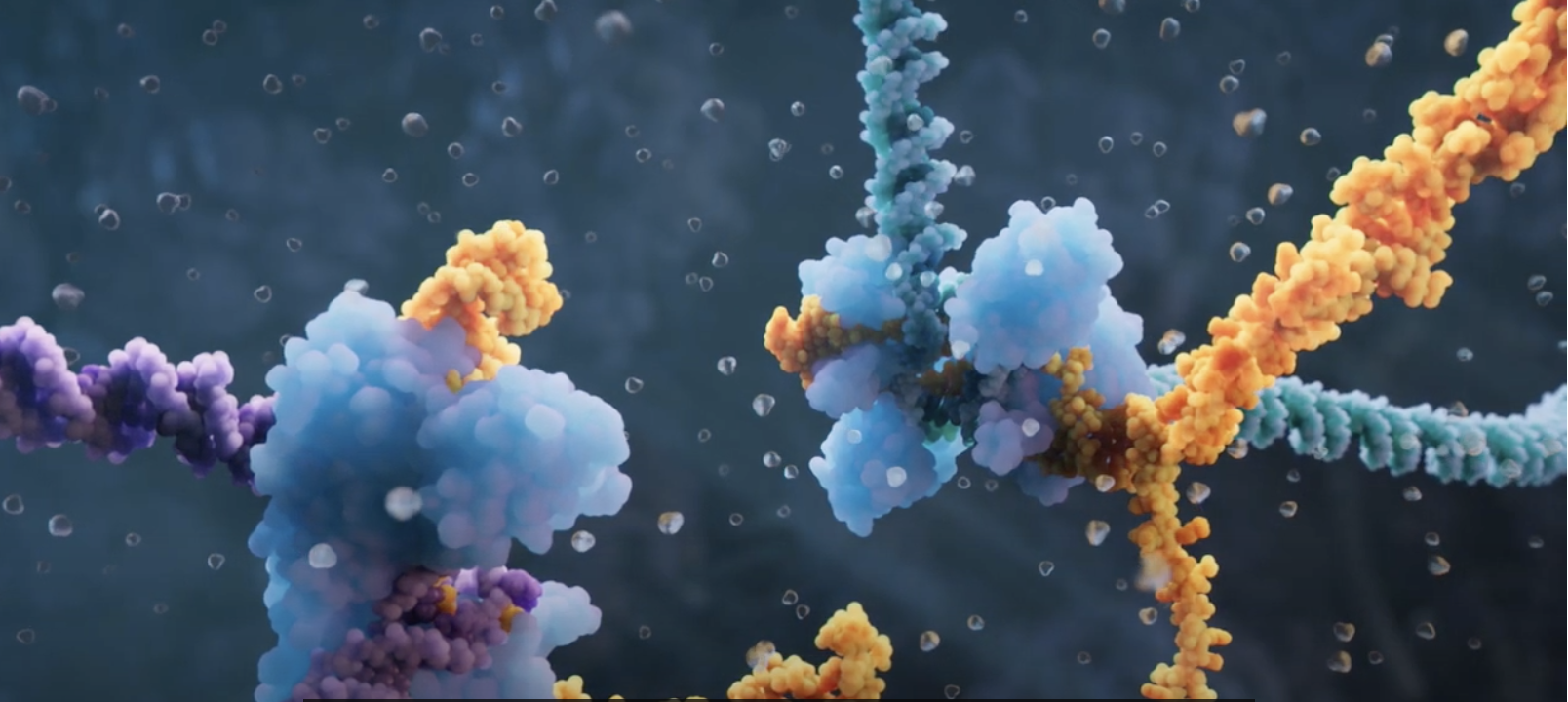Aggregated News

Partial screenshot from The Bridge Recombination Mechanism
video by The Arc Institute on YouTube (CC)
Buried in a family of mobile genetic elements, Arc Institute researchers led by Patrick Hsu, PhD, have discovered an RNA-guided system that enables modular and programmable DNA insertions, excisions, and inversions—another sizeable step for programmable genome engineering
“Everything in the last 14 years of genome editing has been based on CRISPR. We have been whipping this horse for a decade and a half, but we need more programmable functions with complexity beyond the molecular scissors that cut RNA and DNA.” So says Patrick Hsu, PhD, co-founder of the Arc Institute, in whose lab the next revolutionary phase of genome engineering may have just been unearthed, even as the CRISPR revolution has barely begun.
In January of this year, researchers in Hsu’s laboratory (he is also assistant professor of bioengineering and Deb Faculty Fellow at the University of California, Berkeley) posted a preprint on bioRxiv in which they claim to have discovered a new class of natural single-effector RNA-guided systems.1 That story, now peer...



